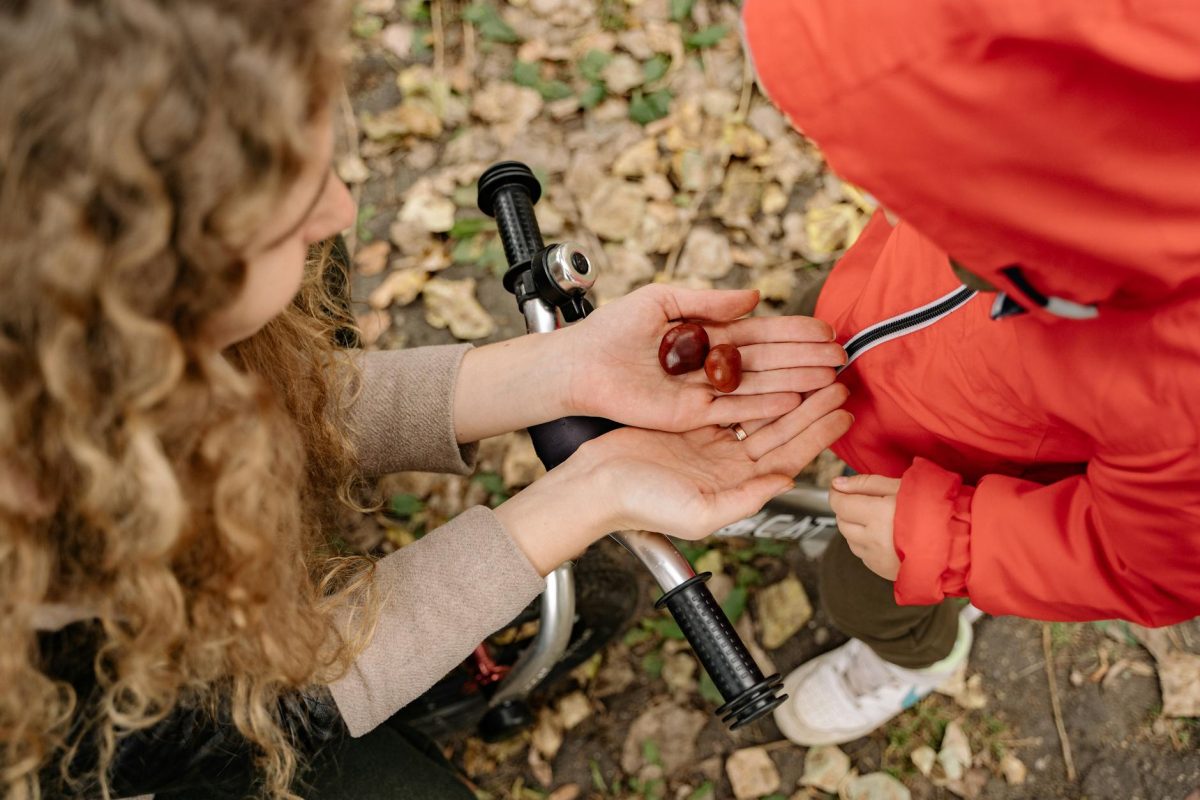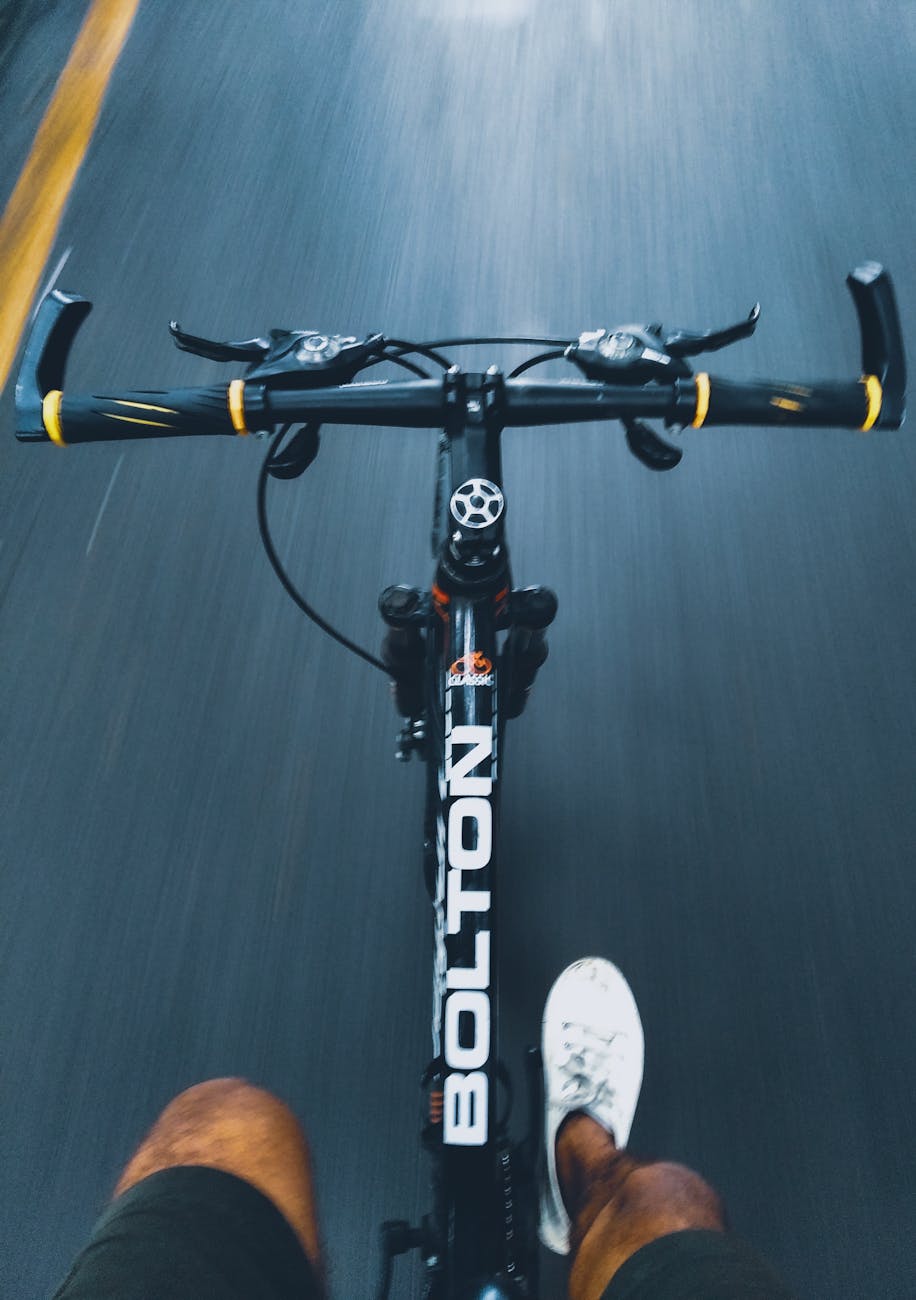Cycling is a fantastic way to stay active and enjoy the great outdoors with your children. However, when biking with kids, safety should always be the top priority. As a parent or guardian, it’s essential to ensure that your little ones stay safe and have a great time while riding their bikes. In this comprehensive guide, we will provide you with essential safety tips for riding a bike with kids, making sure your family adventures are both fun and secure.
Importance of Safety Gear
Before embarking on any cycling adventure with your kids, it is crucial to ensure that they have the right safety gear. This includes helmets, knee and elbow pads, gloves, and reflective clothing. Helmets are a non-negotiable item that should be worn by all riders, regardless of age. Make sure that the helmet fits properly and is securely fastened to provide maximum protection in case of falls or accidents.
Choosing the Right Bike
Selecting the appropriate bike for your child is paramount. Ensure that the bike is the right size and height for them to comfortably ride. The feet should be able to touch the ground when seated on the saddle, and the handlebars and brakes should be within easy reach. Additionally, make sure that the bike is in good condition with properly inflated tires, working brakes, and secure handlebars.
Plan Bike-friendly Routes
When riding with kids, it is essential to choose safe and bike-friendly routes. Look for paths with designated bike lanes, minimal traffic, and smooth surfaces. Avoid busy roads or areas with heavy congestion. Plan your routes in advance, and be mindful of any potential hazards such as potholes, gravel, or sharp turns. Consider exploring local parks, bike trails, or dedicated cycling paths for a safer and more enjoyable riding experience.
Supervision and Communication
Always supervise your children while they are riding their bikes, especially younger or less experienced riders. Keep a close eye on their speed, behavior, and surroundings to prevent accidents. Establish clear communication with your kids, including hand signals and basic cycling rules. Teach them to look out for obstacles, use hand signals when turning, and be aware of other cyclists or pedestrians on the road.
Teach Road Safety
Educate your children about road safety and basic biking rules. Teach them to obey traffic signs, signals, and rules of the road. Encourage them to ride predictably and defensively, always keeping to the right side of the road and yielding to pedestrians. Emphasize the importance of looking both ways before crossing intersections or making turns and avoiding distractions such as using phones or wearing headphones while biking.
Emergency Preparedness
In case of emergencies or accidents, it is vital to be prepared. Carry a basic first aid kit, a mobile phone for communication, and contact information for emergency services. Teach your kids what to do in case of falls or injuries, such as staying calm, assessing the situation, and seeking help if needed. Familiarize yourself and your children with local emergency contacts and healthcare facilities along your biking routes.
Enjoying the Ride
Above all, remember that biking with kids should be a fun and enjoyable experience for the whole family. Take breaks, explore new routes, and encourage your children to develop a love for cycling and outdoor activities. Share the joy of riding together, create lasting memories, and instill a lifelong passion for staying active and healthy.
In conclusion, biking with kids can be a rewarding and engaging activity that promotes physical fitness, bonding, and exploration. By following these essential safety tips, you can ensure that your family cycling adventures are both safe and enjoyable. Remember to prioritize safety gear, choose the right bike, plan bike-friendly routes, supervise and communicate effectively, teach road safety, be prepared for emergencies, and most importantly, have fun along the way. Stay safe, ride on, and enjoy the effortless fun of biking with your kids!









